Table of contents
What is the Om symbol?
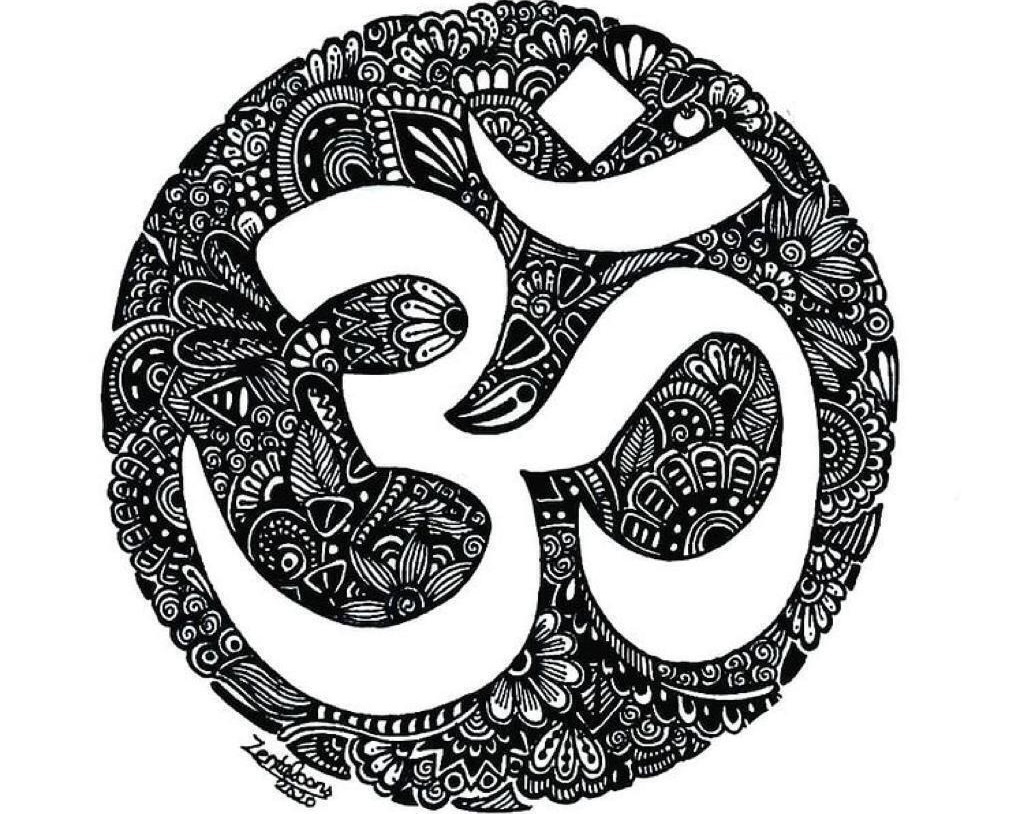
Everyone has ever wondered what the Om symbol is and what it means, as it is widely known and spread. OM is the most important sacred symbol in Hinduism and is also present in other Eastern religions such as Buddhism and Jainism.
This symbol is written in Sanskrit, a traditional language of the regions of India and Nepal. Although it is a dead language, even today it plays an important role in Eastern religious rituals, including the writing of mantras.
As much as it looks like a simple symbol, OM comprises a set of very deep meanings, as well as countless uses. In this article, you will learn about all the important dimensions of this symbol.
Meaning of the Om symbol
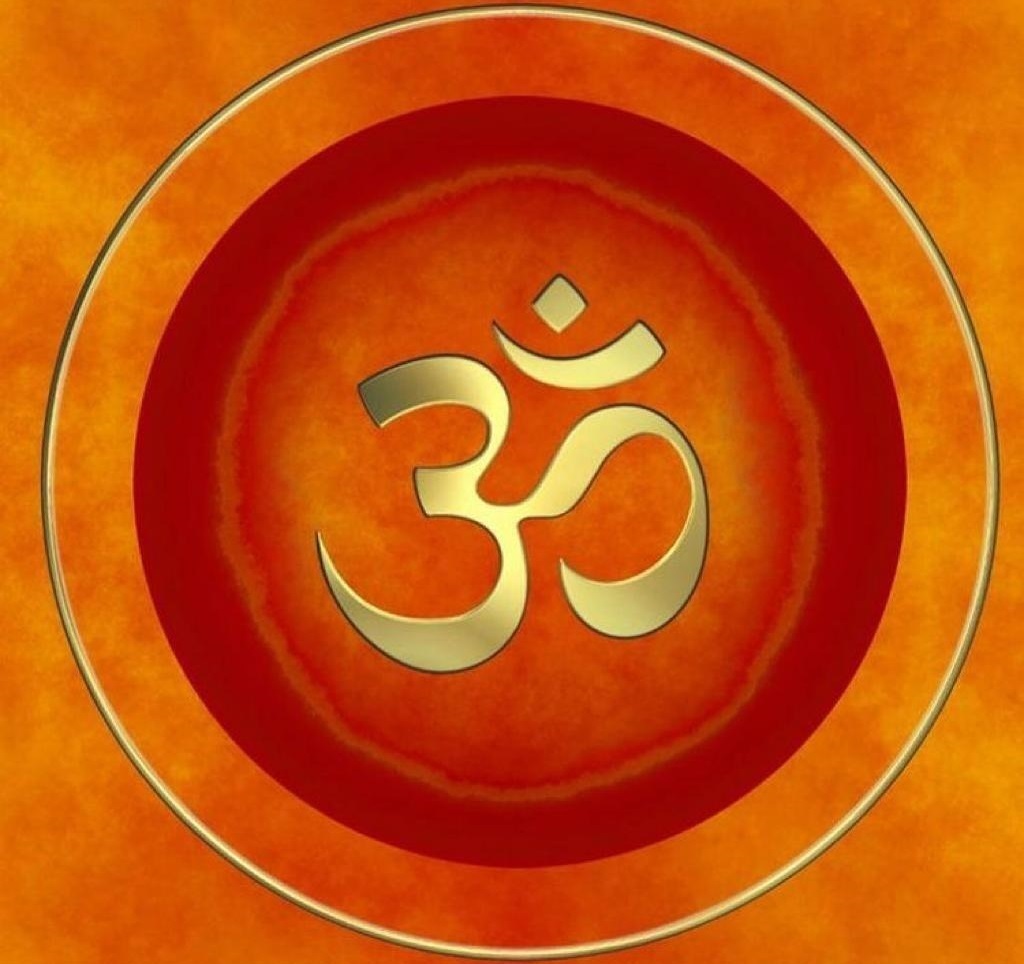
The symbol OM is the most sacred and elemental mantra of Hinduism. Like almost all mantras, OM is a syllable chanted in low vibration for spiritual practices. It represents the sound of the moment of creation of all things in the universe. See below a little about everything this symbol involves.
Elements of the Om symbol
Each line that makes up the OM symbol in Sanskrit represents a different state of consciousness. In this way, it is as if this symbol illustrates the functioning and course of the human mind.
The dot at the top of the symbol represents the absolute state, the highest stage of spiritual development. The semicircle at the top preceding the dot represents the maya state, the obstacles to the attainment of the absolute state.
The first curve of the symbol (the part that resembles the number 3), represents the state of unconsciousness, the deep sleep in which nothing happens. The lower curve of the symbol represents the conscious state through knowledge by the five senses. And the curve drawn between the two previous states represents the state in which our dreams happen.
History of the Om symbol
The first appearance of the symbol OM occurred in the Upanishads, texts written in Sanskrit more than two thousand years ago, containing religious teachings that would later form the basis of Hinduism as it is known today.
In all its uses and etymologies, the syllable OM carries a set of very similar meanings, related to the metaphysical ideas of totality, essence of life, infinite knowledge and cause of the universe.
Nowadays, the OM symbol is used to indicate the beginning of spiritual practices, such as prayers and meditations, transforming the symbol into a kind of spiritual tool.
Symbol Om & Brahman
The symbol OM is believed to embody the absolute whole that constitutes the universe. In Hinduism, this universal principle is expressed by the concept Brahma, the supreme reality. It is a common statement that "before OM, there was nothing" because its sound represents the initial moment of creation.
Chanting the mantra OM allows body, mind and spirit to tune into the totality of the universe. The soul's connection to ultimate reality comprises the two fundamental dimensions of OM: the inner (Atman) and outer (Brahma). The same concepts also appear in Eastern philosophy's understanding of reality.
Symbol Om & Ganesha
There is a set of sacred texts that grace the god Ganesha as the one who is the ultimate reality and soul. For these traditions of Hinduism, the god Ganesha is identified as the symbol OM. In this sense, Ganesha would not only be the god who removes obstacles, but also the one who represents all truth and knowledge in the world.
Thus, the symbol OM and god Ganesha would be one, the ultimate reality of all things, all beings and all gods. For this reason, many images of god Ganesha incorporate the symbol OM in the outline of his elephant head.
Om & Holy Trinity Symbol
The word OM can often be written as "Aum" due to its composition of three phonemes. This characteristic has caused many associations to be created between Aum and Trimurti, the Holy Trinity of Hindu gods, comprised of Brahma, Vishnu and Shiva.
In the Puranas, ancient Indian texts written in the medieval era, the symbol OM is the representation of the Trinity of Hinduism itself, symbolizing the union of the three gods for the formation of the supreme reality. The letter "A" designated the creator god, Brahma; the letter "U" the preserver god, Vishnu; and the letter "M" the destroyer god, Shiva.
Om Symbol and the states of consciousness

Written in Sanskrit, the expression OM is a syllable formed by five distinct strokes, in which each stroke is linked to a state of consciousness of the human mind. Check below the meaning of each of these states of mind.
unconscious state
Represented by the trace of the upper curvature, the unconscious state is one in which the being is in deep sleep, where no dreams and no desires appear. In Hinduism, this state is called Sushupti, the true self.
Waking state
The waking state corresponds to the lower trace of the symbol OM. Called Jagruti in Hinduism, it represents the state of being awake and aware of oneself and one's senses.
dream state
The intermediate curve between the unconscious and the waking state belongs to the dream state, known in Hinduism as Swapna.
This is the state of consciousness in which a person or being is dreaming. They can also indicate our memory and imagination.
Mayan state
The semicircle at the top of the OM symbol represents the state of maya, which literally means illusion. Maya can denote both a constant state of change and also something that appears to be one thing but is not.
In relation to the symbol OM, the maya state is all the obstacles we face to reach the absolute state of consciousness.
absolute state
The absolute state, or Turiya, represents pure consciousness. It is the highest state of being. In this state it is possible to experience immeasurable freedom in the form of the infinite, without suffering or change.
The Om symbol in Oriental culture
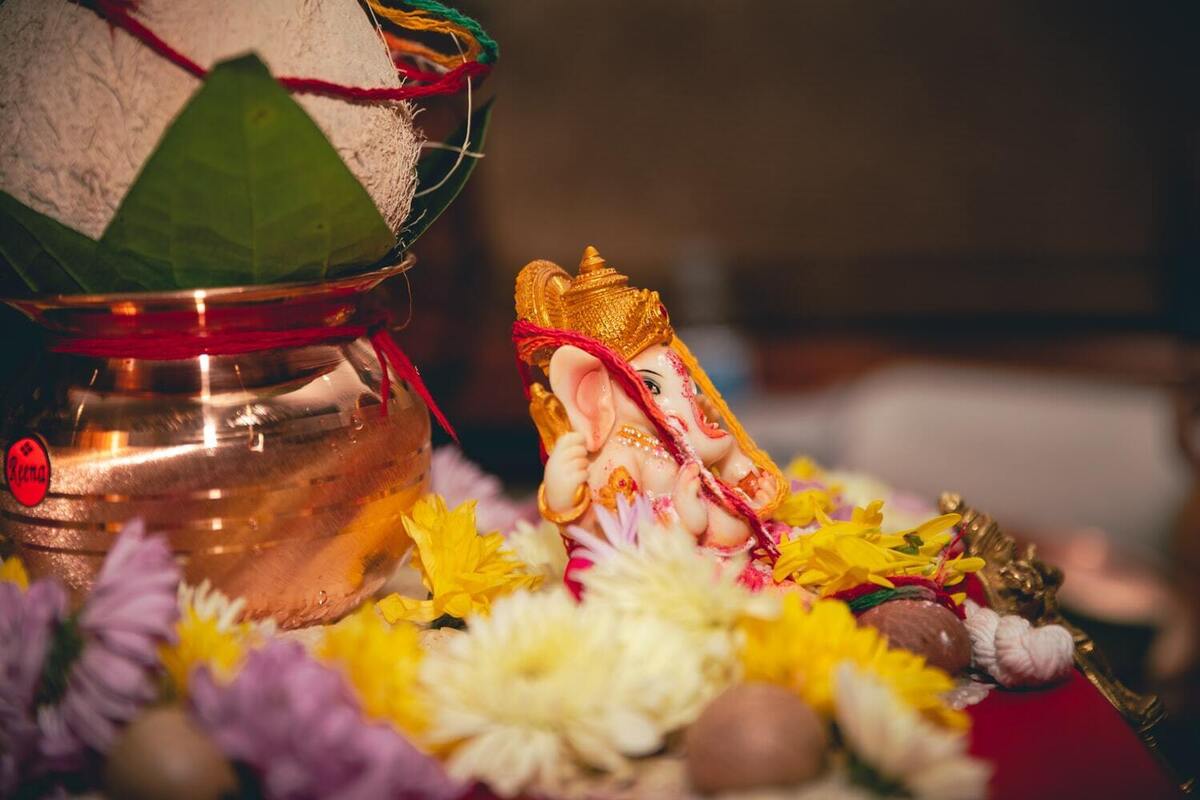
OM is a very powerful mantra for Hinduism. It embodies the entire universe from the three fundamental movements: creation, manifestation and destruction. Its use in Eastern culture is deeply linked to physical and spiritual exercises connected to prayer and yoga. Understand below how it works.
Importance of the Om symbol for Hinduism
The symbol OM is present in almost all sacred Hindu texts, including the Vedas, considered some of the most important. In those writings, besides being narrated episodes involving the gods, we can also find many of the prayers and rituals that are still practiced by Hindus.
The mantra OM appears at the beginning and end of virtually all prayers and rituals in the liturgical texts. In this sense, it assumes an important role as a sacred incantation necessary for worship rituals, for prayers, for weddings and for rites of passage that mark various moments in a Hindu's life, such as birth, baptism and cremation.
Importance of the Om symbol for yoga
The symbol OM appears in many sacred texts. Pantanjali is one of the sets of these ancient texts that deal with yoga theory and practice. In these scriptures, there is a strong connection between OM and yoga, since both are related to the three divine powers (creation, preservation and destruction) and also to the three essences of the spirit (immortality, omniscience and joy).
Because of this, it is quite common for yoga classes to begin and end with the chanting of the mantra OM, to help us access the universal energy within ourselves. The chanting of this mantra is also associated with relaxation of the body and nervous system, allowing a connection with higher states of consciousness.
How can I integrate the Om symbol into my life?
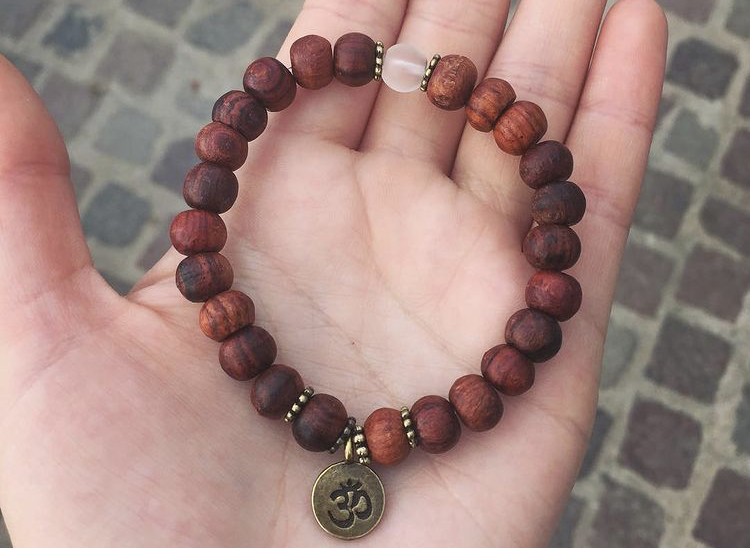
The OM symbol is a sacred symbol. Therefore, respect for its tradition should be the first thing one should pay attention to, especially if you are not a Hindu or Buddhist. Here are three ways to use the OM symbol in your life.
Om symbol as mantra in personal routine
The main way to integrate the OM symbol into your life is through chanting. It can be used in meditation as well as in yoga, in silence or out loud.
Try chanting it slowly so that you notice the increase in your mental and spiritual vibrations. Repetition of the mantra is also welcome, at least three times before beginning your routine spiritual practices.
Om symbol in the decoration of your personal space
If understanding the OM symbol has made you want to incorporate it into your home as decoration of your personal space, it is recommended that this be done in spaces dedicated to prayer or meditation.
In this way, the material object carries with it its spiritual symbolism, functioning as a reminder to connect daily with the universe and to maintain the balance of mind, body and soul.
Om symbol on jewelry and clothing
Carrying the sacred dimension of the OM symbol is an admirable attitude, but it requires care.
In particular, you should avoid clothes with this print, especially those that can fade and fall apart over time. As for jewelry, pendants are the most appropriate pieces for their discretion.
Can integrating the Om symbol into daily routine bring more wholeness?
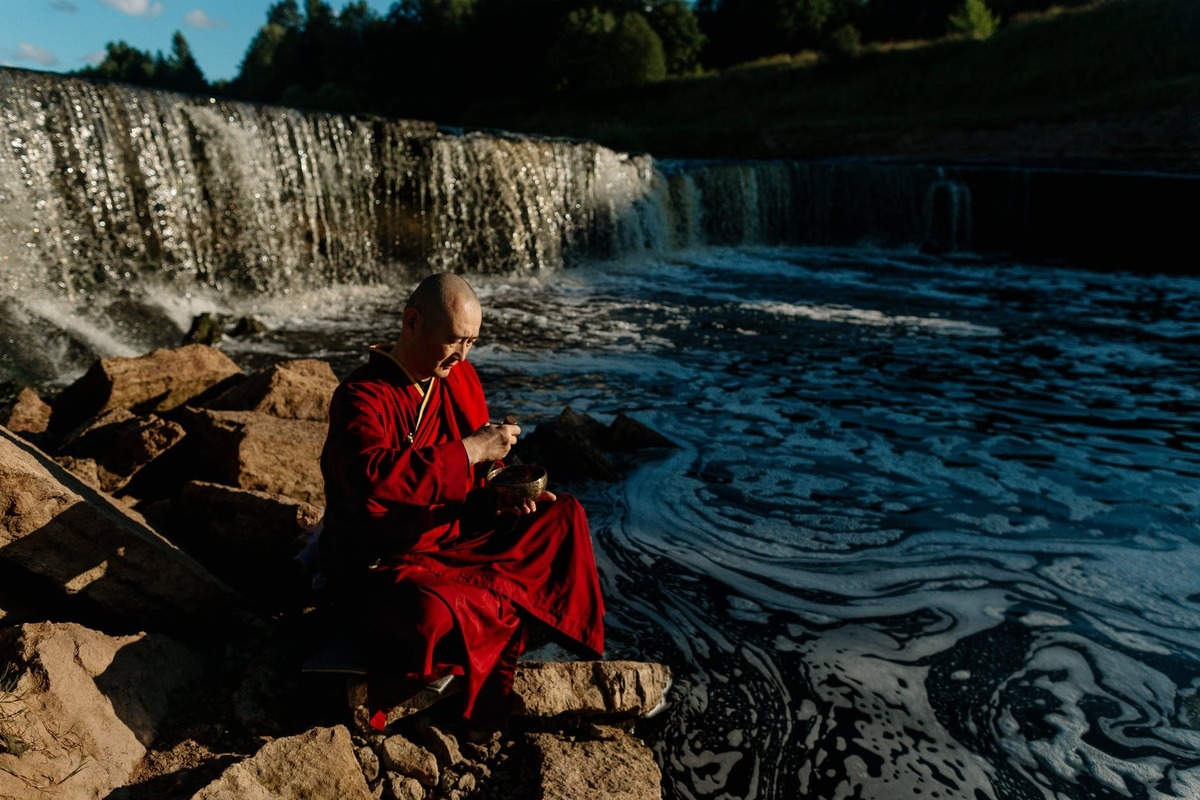
No doubt integrating the symbol OM in your daily routine will bring you more plenitude. Understanding the sacred dimension of this mantra you can use it in many moments of your daily life as a meditative, relaxing and energizing practice.

